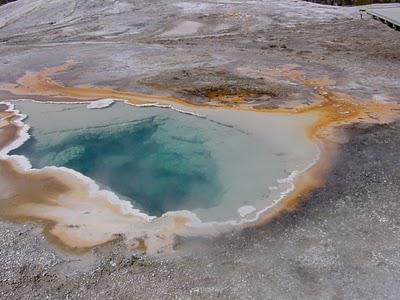They mostly belong to the family of Archaea, the type of single-cell organisms that lack the sail, and despite the similarities with bacteria, Archaea have a specific evolutionary heritage.
Extremophiles are divided on the basis of the main factors of the environment, although many of them fall into two or more categories (in this case called Polyextremophile). The most important factors that determine an environment are: temperature, radiation, pressure, water availability, pH, oxygen concentration, vacuum, the presence of chemical elements.

In addition to proving that life can exist in the most fantastic terms, the study of extremophiles is particularly important for astrobiology - or more precisely, to find a place beyond Earth where life could exist. When you look at habitat extremophiles, most of them represent what many scientists expect to find on other worlds. Therefore, knowledge of them help in answering questions where to start with the search for life beyond Earth, how and what to look for.
Extremophiles, which are among the simplest organisms, inhaled molecules of gold dissolved in water and excretes them as solids. This property of extremophiles was discovered by professor Derek Lovley, microbiologist at University of Massachusetts, experimenting with a related species of microbes in the biological breakdown of toxic waste.
As other animal and plant species on Earth use oxygen, so extremophiles using dissolved metals, not just gold, but iron and uranium. Excreted solid metals constitute only a microscopically small lumps, but if it builds up excrements thousands and thousands of extremophiles, it is already visible piece of metal. According to Professor Lovley, the process is not profitable in the commercial sense - only one million microbes would create gram of gold! However, the effect of extremophiles is very interesting to the geologists who found that the explanation for the presence of sediments with traces of gold in areas that were once upon a time were covered by seas and oceans.
